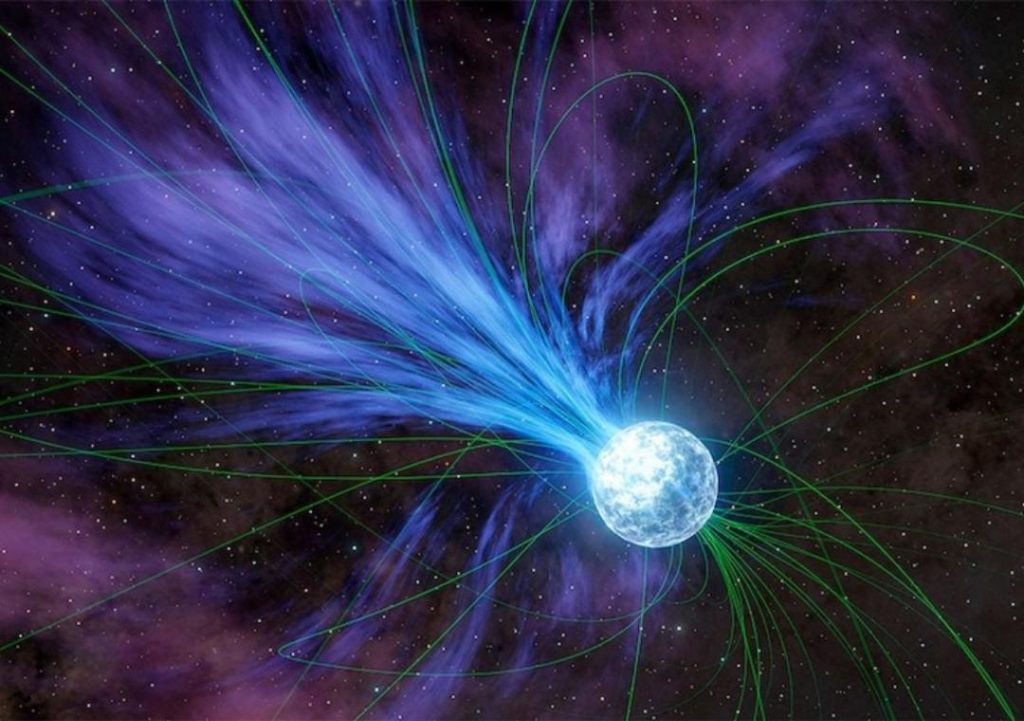
Gold & Platinum Created through Neutron Stars’ Explosions: Study
For centuries, humans have been fascinated by the origins of precious metals like gold and platinum. While we’ve long known that these elements are formed through natural processes, the exact mechanism has remained a mystery until now. A groundbreaking study led by Columbia University student Anirudh Patel has shed new light on the creation of these valuable metals, revealing that they were formed through the explosions of magnetars, or highly magnetized neutron stars.
According to the study, which was published in the journal Nature Astronomy, magnetars are responsible for creating elements like gold and platinum in a cosmic event that occurred over 20 years ago. The explosions, which happen approximately once per decade in the Milky Way and annually across the observable universe, released flares that contained these elements.
So, how did this happen? To understand the process, let’s take a step back and look at the life cycle of a star. When a massive star runs out of fuel, it collapses under its own gravity, causing a massive explosion known as a supernova. The explosion is so powerful that it can create new elements, including heavy metals like gold and platinum.
In the case of magnetars, the explosions are even more intense. These highly magnetized neutron stars are formed when a massive star undergoes a supernova explosion. The intense magnetic field of the magnetar creates a powerful energy release, which can create even heavier elements than those formed in a regular supernova.
The study led by Patel used data from NASA’s NuSTAR (Nuclear Spectroscopic Telescope Array) space telescope to observe the explosion of a magnetar in the galaxy M82. By analyzing the data, the team was able to detect the presence of gold and platinum in the explosion.
“We were able to detect the gold and platinum because they emit light at very specific energies,” Patel explained in an interview with NASA. “We knew that the explosion was going to produce these elements, so we were looking for that signature in the data.”
The detection of gold and platinum in the explosion was a major breakthrough, as it provided conclusive evidence that magnetars are responsible for creating these valuable metals. The study also revealed that the explosions are much more frequent than previously thought, occurring approximately once per decade in the Milky Way and annually across the observable universe.
So, what does this mean for the Earth? In the distant past, the Earth’s atmosphere was much thinner than it is today, and it was unable to retain the heavier elements formed in supernovae. However, as the Earth’s atmosphere evolved and thickened, it was able to retain the heavier elements, including gold and platinum.
The study’s findings also have implications for our understanding of the origins of the universe. The detection of gold and platinum in the explosion of a magnetar suggests that these elements were formed in the early universe, long before the Earth was formed.
In conclusion, the study led by Patel has shed new light on the origins of gold and platinum, revealing that they were formed through the explosions of magnetars. The findings have significant implications for our understanding of the universe, and they provide a new perspective on the origins of the precious metals that we use today.






